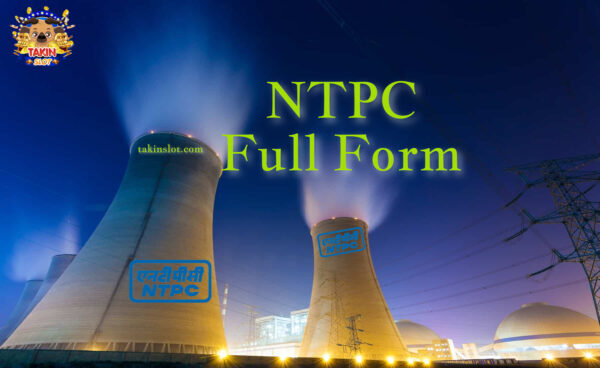Introduction: NTPC’s Role in India’s Energy Landscape
NTPC Full Form: NTPC, the abbreviation for National Thermal Power Corporation, stands as a cornerstone in India’s power sector. Established in 1975, it has evolved into the country’s largest power generation company, catering to the energy needs of over 170 million people. With a focus on clean and efficient power generation, NTPC plays a vital role in driving India’s economic growth and development.
NTPC: Providing Reliable Electricity
NTPC’s primary objective is to generate, transmit, distribute, and sell electricity across India. As a public-sector undertaking under the Ministry of Power, NTPC (NTPC Full Form) was envisioned to meet the growing demand for power generation in the nation. Its robust infrastructure and stringent emission norms have made it a model for power companies nationwide.
NTPC’s Vision: Striving for Excellence
NTPC is dedicated to enhancing its energy generation capacity while improving existing systems and processes. Its vision includes providing world-class infrastructure and services, exemplified by projects like the construction of the largest solar park and coal-based power plants. The company also focuses on implementing smart grid networks for efficient energy distribution.
NTPC’s Mission: Sustainability and Self-Sufficiency
At the core of NTPC’s mission is the commitment to be fully self-sufficient in generating electricity from environmentally sustainable sources. With a diverse energy portfolio, including coal-fired, natural gas-fired, hydro, and nuclear power plants, NTPC (NTPC Full Form) aims to meet India’s energy needs while ensuring environmental sustainability.
NTPC’s Activities: Driving India’s Power Sector
NTPC contributes significantly to India’s power sector, generating nearly half of the country’s total installed capacity. Its power plants utilize thermal and nuclear energy sources, with subsidiaries working as customer-supplying entities and contractors. NTPC collaborates with various stakeholders to address challenges in electricity transmission and distribution effectively.
Conclusion: NTPC’s Enduring Legacy
In conclusion (NTPC Full Form), NTPC’s journey from its inception in 1975 to becoming India’s largest power generation company reflects its commitment to excellence and sustainability in the energy sector. With a focus on innovation and environmental responsibility, NTPC continues to power India’s growth and development, playing a pivotal role in the nation’s journey towards energy security and self-sufficiency.
FAQs about NTPC Full Form
What does NTPC stand for?
NTPC stands for National Thermal Power Corporation. It is a leading Indian multinational public-sector company engaged primarily in the generation of electrical power.
What is the role of NTPC in India’s energy sector?
NTPC plays a crucial role in India’s energy landscape by generating, transmitting, distributing, and selling electricity across the country. It is the largest power company in India, supplying electricity to over 170 million people.
What is NTPC’s vision?
NTPC’s vision is to strive for excellence by increasing energy generation capacity and enhancing infrastructure and services. It aims to provide world-class power generation facilities while promoting environmental sustainability.
How does NTPC contribute to environmental sustainability?
NTPC is committed to being fully self-sufficient in generating electricity from environmentally sustainable sources. It operates a diverse energy portfolio, including coal-fired, natural gas-fired, hydro, and nuclear power plants, with a focus on adhering to stringent emission norms.
What are NTPC’s key activities and achievements?
NTPC contributes significantly to India’s power sector, generating approximately half of the country’s total installed capacity. It collaborates with stakeholders to address challenges in electricity transmission and distribution. Noteworthy achievements include constructing the largest solar park and coal-based power plants, along with implementing smart grid networks for efficient energy distribution.




